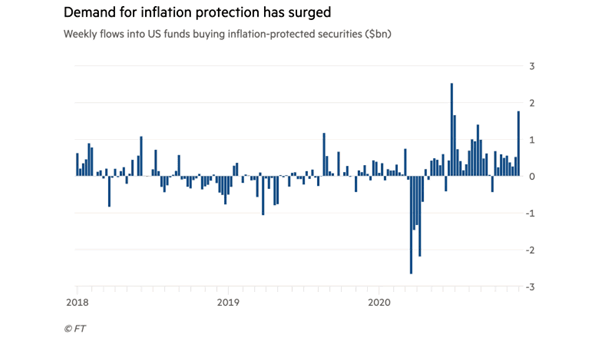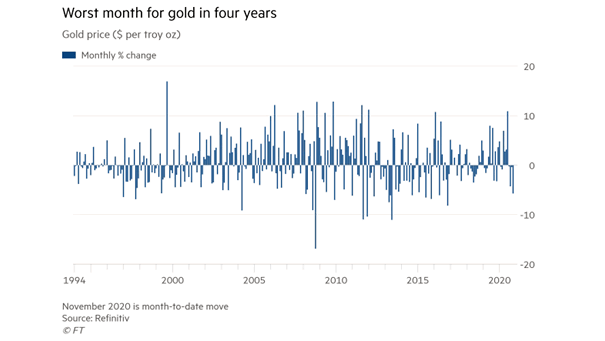Weekly Flows into U.S. Funds Buying Inflation-Protected Securities
Weekly Flows into U.S. Funds Buying Inflation-Protected Securities Investors demand for inflation-protected securities is on the rise as economic optimism surges. Image: Financial Times


